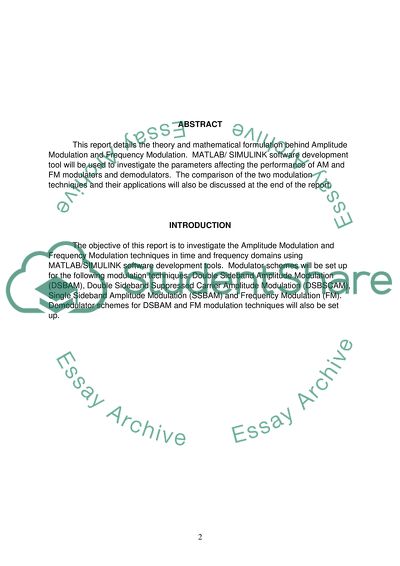Cite this document
(“Amplitude & Frequency Modulation Techniques Essay”, n.d.)
Retrieved from https://studentshare.org/technology/1549969-amplitude-frequency-modulation-techniques-signals-systems
Retrieved from https://studentshare.org/technology/1549969-amplitude-frequency-modulation-techniques-signals-systems
(Amplitude & Frequency Modulation Techniques Essay)
https://studentshare.org/technology/1549969-amplitude-frequency-modulation-techniques-signals-systems.
https://studentshare.org/technology/1549969-amplitude-frequency-modulation-techniques-signals-systems.
“Amplitude & Frequency Modulation Techniques Essay”, n.d. https://studentshare.org/technology/1549969-amplitude-frequency-modulation-techniques-signals-systems.


